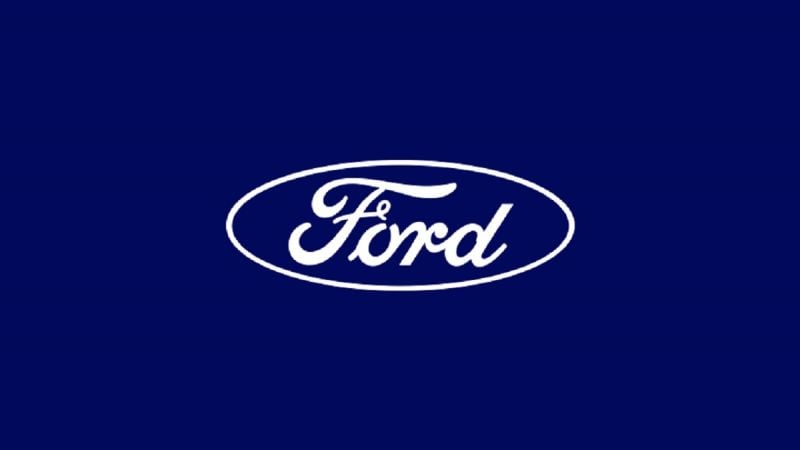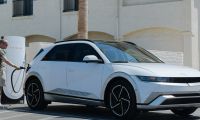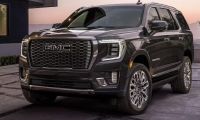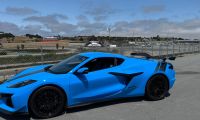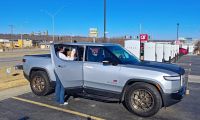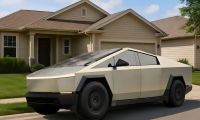If there’s one thing that has happened over the last decade or more, it is that smartphones have gotten even better. The smarter smartphones today after handling jobs that just a few years ago required large infrastructures of barcode readers and other scanners. It’s quite a revolution.
Examples of phone-based technology
Here’s what I mean. If you watch your TV closely, more than likely, you’ve seen a square filled with hieroglyphic-looking things. Each of the funny-looking things represents today’s barcode. Now, you are expected to turn on the reader app on your smartphone, scan the square full of squiggles, and then use the information to either pay for something or order something or do something with the information.
In the health world, smartphones are used to monitor blood sugar levels for diabetics and other health-related issues. In the world of vehicles, smartphones help with high-performance tuneups, dynamometer tunes, and more. Back in the early days of the smartphone revolution – before Apple took the bit and ran all over the place with their apps that often locked you into their software solutions for various things – the so-called smartphones of that era (2007-2008) were rudimentary affairs with a few apps that sort of did stuff. Within about five years, the smartphone revolution had begun in earnest. The smartphones of about 2013 did many more things than their earlier counterparts. Fast-forward to today and you have smartphones that have the potential to interact with a new generation of vehicle software to provide drivers with special warnings. They are designed to make roads safer.
The Ford Motor Co. is a leader in this technology. The automaker is researching a new smartphone-based communications technology that could potentially help warn drivers of pedestrians, bicyclists, and more – even those approaching a vehicle’s path but blocked from a driver’s view.
The concept smartphone app running on a pedestrian’s phone uses Bluetooth Low Energy (BLE) messaging to communicate their location to a connected Ford vehicle. If the vehicle calculates a potential crash risk, Ford SYNC can alert drivers by the in-vehicle screen showing graphics of pedestrians, bicyclists, or more with audio alerts sounding. Ford, Commsignia, PSS, Ohio State University, T-Mobil,e, and Tome Software are demonstrating the technology at the Intelligent Transportation Society of America’s World Congress in Los Angeles this week.
Drivers Warned of Pedestrians, Bicyclists, Scooter-Users
“Newer Ford vehicles already with Ford Co-Pilot360 Technology can detect and help warn drivers of pedestrians, bicyclists, scooter riders and others – and even apply brakes if drivers do not respond in time,” said Jim Buczkowski, executive director, Research and Advanced Engineering. “We are now exploring ways to expand vehicle sensing capability, for areas drivers cannot see, to help people drive even more confidently on roads increasingly shared by others using their two feet or two wheels.”
Ford is a founding member of the Vulnerable Road User Safety Consortium (VRUSC), a consortia program of SAE Industries Technology Consortia Programs (SAE ITC), an affiliate of SAE Group. The VRUSC was formed by vehicle, bicycle, ridesharing, and technology companies to find technological solutions to rising crashes with pedestrians, bicyclists, and others. Tome Software founded the Bike-to-Vehicle Advisory Board, which grew into the new consortium.
National Highway Transportation Safety Administration (NHTSA) data estimates traffic fatalities increased 13 percent to 7,342 in 2021 versus the prior year, while bicyclist traffic fatalities increased five percent — to 1,000 — during the same window.
“We see other possible applications for this technology, including detecting road construction zones and construction workers,” said Buczkowski. “Ford innovates for the masses, so it’s very promising to start with Bluetooth Low Energy technology that’s already become part of our everyday lives because it’s affordable and effective.”
Low-Level Bluetooth Technology
BLE connectivity technology creates wireless personal area networks using radio waves in the 2.4-gigahertz band to communicate with other similarly equipped devices. It is already widely available in smartphones and is compatible with SYNC-connected vehicle technology without any hardware changes to the vehicle.
BLE could complement other technologies by communicating with other similarly equipped devices with sufficient range for alerts with the potential of advancing safety through awareness of pedestrians, bicyclists, and more. BLE also does not rely on line-of-sight detection like cameras or radar, which means pedestrians and others can be detected while hidden behind obstructions such as buildings. This is especially relevant to the stress of city driving on shared roads.
BLE is widely used technology in personal electronic devices, including smartphones, fitness monitoring devices, location-based services, entertainment, and much more. It uses very low power with batteries as small as dimes to operate for a very long time. Consumer BLE applications commonly involve pairing two devices. But Ford’s concept uses BLE as a beacon capable of sensing multiple other similarly equipped devices in range without pairing.
The system interprets a person using the device, differentiates pedestrians from bicyclists and others based on their traveling speed, and further evaluates their direction. BLE devices rapidly change communications channels – called frequency hopping – in the 2.4 GHz radio band to minimize interference.
Ford, T-Mobile investigate cellular solution
Ford and T-Mobile also will demonstrate the Ford app replacing BLE communication with T-Mobile’s 5G Advanced Network Solution combined with hyperscale computing – which adds resources from across a distributed computing network as demand increases – to help create more reliable communications. T-Mobile’s 5G network helps minimize the round-trip data travel time, allowing detection alerts to be delivered to the vehicle’s SYNC screen quickly.
Marc Stern has been an automotive writer since 1971 when an otherwise normal news editor said, "You're our new car editor," and dumped about 27 pounds of auto stuff on my desk. I was in heaven as I have been a gearhead from my early days. As a teen, I spent the usual number of misspent hours hanging out at gas stations Shell and Texaco (a big thing in my youth) and working on cars. From there on, it was a straight line to my first column for the paper, "You Auto Know," an enterprise I handled faithfully for 32 years. Not many people know that I also handled computer documentation for a good part of my living while writing YAN. My best writing, though, was always in cars. My work has appeared in Popular Mechanics, Mechanix Illustrated, AutoWeek, SuperStock, Trailer Life, Old Cars Weekly, Special Interest Autos, etc. You can follow me on: Twitter or Facebook.



